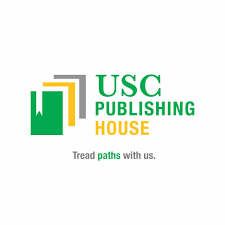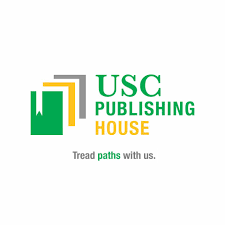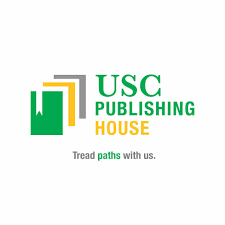Enhancing Analytical Chemistry with Flow Injection Analysis
By Josephine Castañares (Author)
Quick Overview
Enhancing Analytical Chemistry with Flow Injection Analysis and its new generation techniques.The introduction of flow injection analysis (FIA) in 1975 has brought a surge of exciting avenues to enrich the science of analytical chemistry. At the outset, it revolutionized the idea that it is possible to do valid quantification even without achieving steady state conditions. In a unique way, it also emphasizes the necessity of measures the sample size quantitatively.Its several forms of solution handling enhanced the concepts of dilution, titration, spectroscopy, electroanalytical techniques and chromatography. Several benefits derived for normal, reverse, gas diffusion, sandwich and solvent extraction techniques address the needs for minimal sample or reagent consumption waste reduction and matrix enhancement.The new generation technologies including sequential injection analysis (SIA) and bead injection (BI) showcase the benefits of flow programming and some novel ways of analyte accumulation.This book serves to familiarize students, researchers, chemists and other professionals of the increasing need to integrate flow injection and its elated techniques in our day to day chemical analyses
ABOUT THE AUTHOR
Josephine Mancao Castañares imparts her expertise in Analytical Chemistry as an Associate Professor at the University of San Carlos. She received her in 1983 from USC and her Ph.D. from the University of the Philippines-Diliman in 1995. En route to her Ph.D. she earned her stripes in Flow Injection Analysis with a training visit to Monash University in Melbourne, Australia. She has attended the 9th International Conference on Flow Analysis held in Melbourne in 2003 where she had the pleasure of meeting Elo Harald Hansen, the pioneer of FIA. For the past of fifteen years. she has advised both undergraduate and graduate students in the developments of several FI menthods.
BOOK DETAILS
Publisher
USC Publishing House

 :
:

